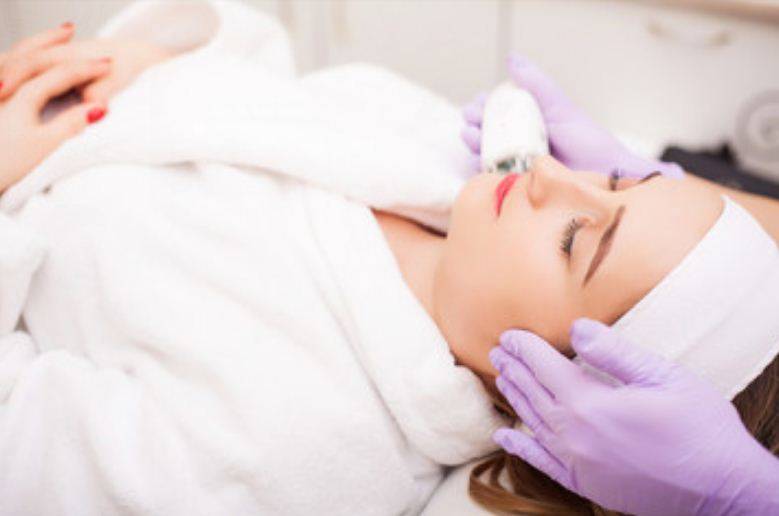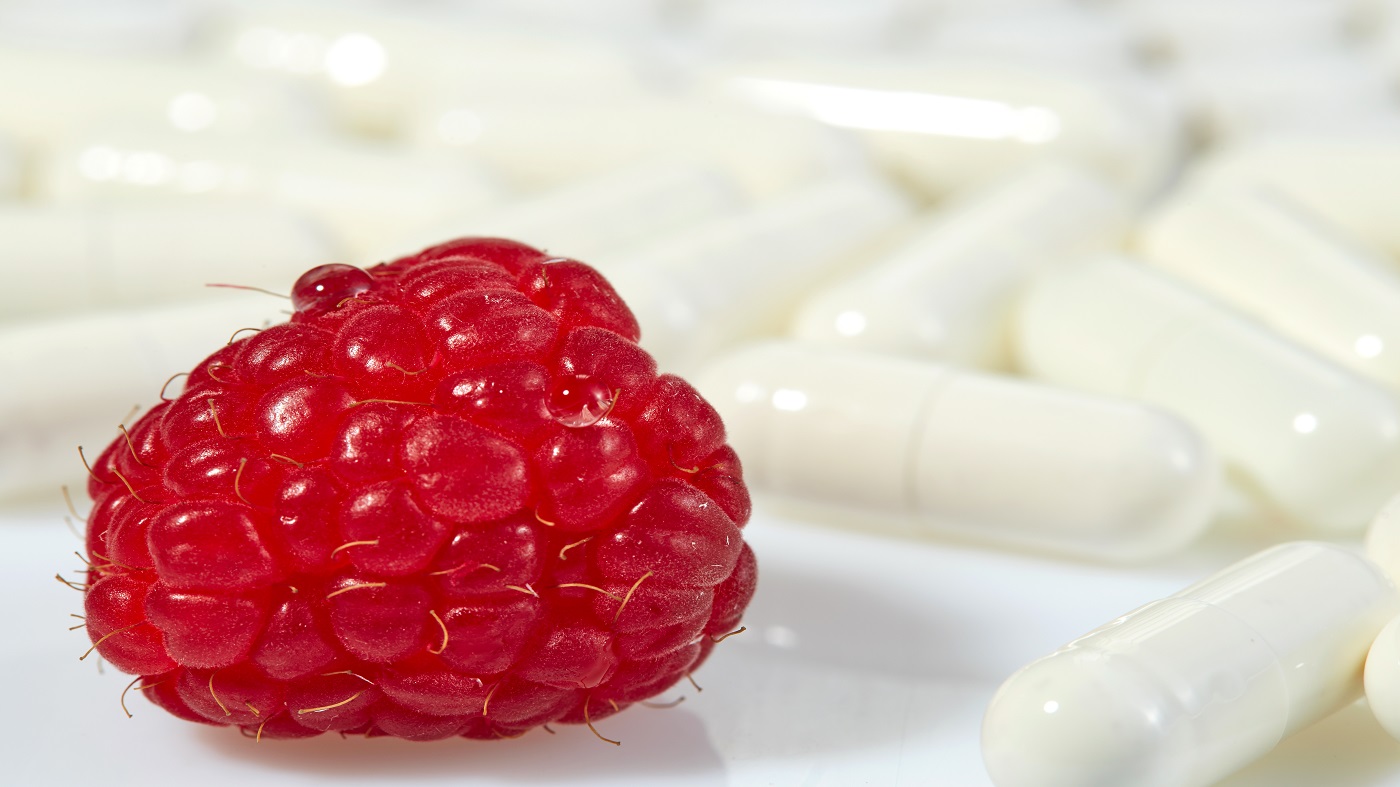
Image Source – Google
Living with diabetes can be challenging, but with the right strategies in place, you can effectively manage your condition and live a healthy life. Here are five essential tips to help you take control of your diabetes and improve your overall well-being.
1. Monitor Your Blood Sugar Levels Regularly
One of the most crucial aspects of managing diabetes is keeping track of your blood sugar levels. Regular monitoring can help you make informed decisions about your diet, medication, and lifestyle choices. Here are some tips for effective blood sugar monitoring:
- Invest in a reliable blood glucose monitor.
- Follow your healthcare provider's recommendations for testing frequency.
- Keep a log of your readings to identify patterns and trends.
- Adjust your diet and medication based on your blood sugar levels.
2. Maintain a Healthy Diet
Diet plays a significant role in managing diabetes. By making healthy food choices, you can keep your blood sugar levels in check and reduce the risk of complications. Here are some tips for maintaining a healthy diet:
- Limit your intake of sugar and refined carbohydrates.
- Eat a variety of fruits, vegetables, whole grains, and lean proteins.
- Monitor your portion sizes to avoid overeating.
- Consult a dietitian for personalized meal planning.
3. Stay Active
Regular physical activity is essential for managing diabetes and improving overall health. Exercise can help lower blood sugar levels, improve insulin sensitivity, and reduce the risk of heart disease. Here are some tips for staying active:
- Engage in at least 150 minutes of moderate-intensity exercise per week.
- Incorporate strength training exercises into your routine to build muscle mass.
- Find activities you enjoy to make exercise more fun and sustainable.
- Monitor your blood sugar levels before and after exercise to prevent hypoglycemia.
4. Take Your Medications as Prescribed
Medication adherence is crucial for managing diabetes and preventing complications. It's essential to take your medications as prescribed by your healthcare provider to keep your blood sugar levels under control. Here are some tips for medication management:
- Set up a routine for taking your medications at the same time every day.
- Use pill organizers or reminders to help you remember your doses.
- Keep track of your refills and schedule regular check-ups with your healthcare provider.
- Discuss any concerns or side effects with your doctor to ensure you're on the right treatment plan.
5. Manage Stress and Prioritize Self-Care
Stress can have a significant impact on blood sugar levels, so it's essential to find healthy ways to manage stress and prioritize self-care. Here are some tips for stress management and self-care:
- Practice relaxation techniques such as deep breathing, meditation, or yoga.
- Engage in activities you enjoy, such as hobbies, reading, or spending time with loved ones.
- Get an adequate amount of sleep each night to support overall health and well-being.
- Seek support from a therapist, counselor, or support group to talk about your feelings and concerns.
By following these essential tips for effective diabetes management, you can take control of your condition and improve your quality of life. Remember to work closely with your healthcare provider to develop a personalized treatment plan that meets your unique needs and goals.





